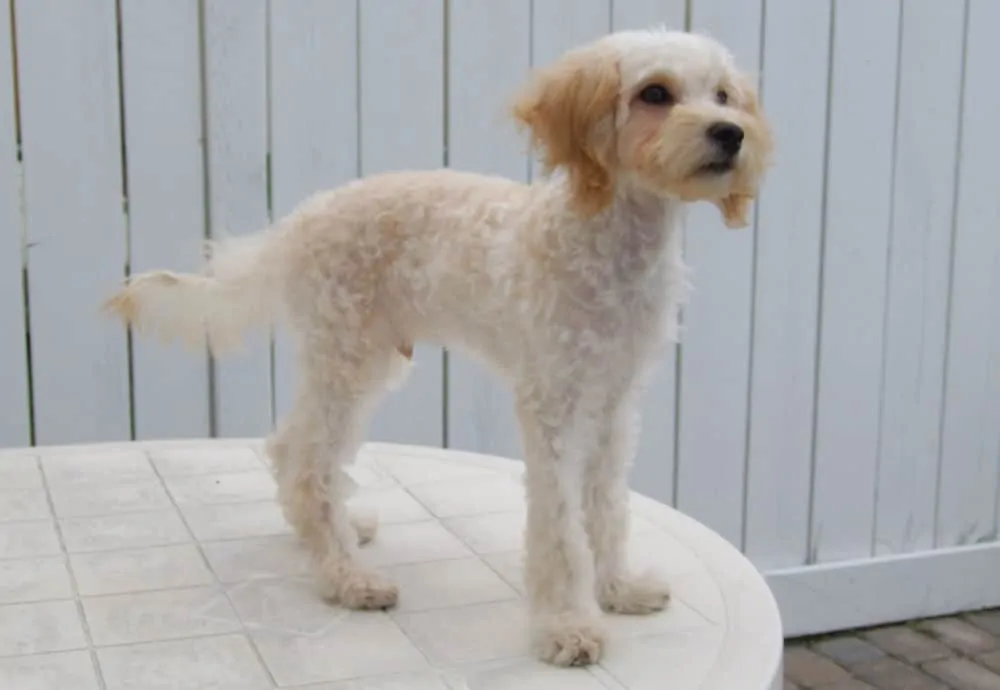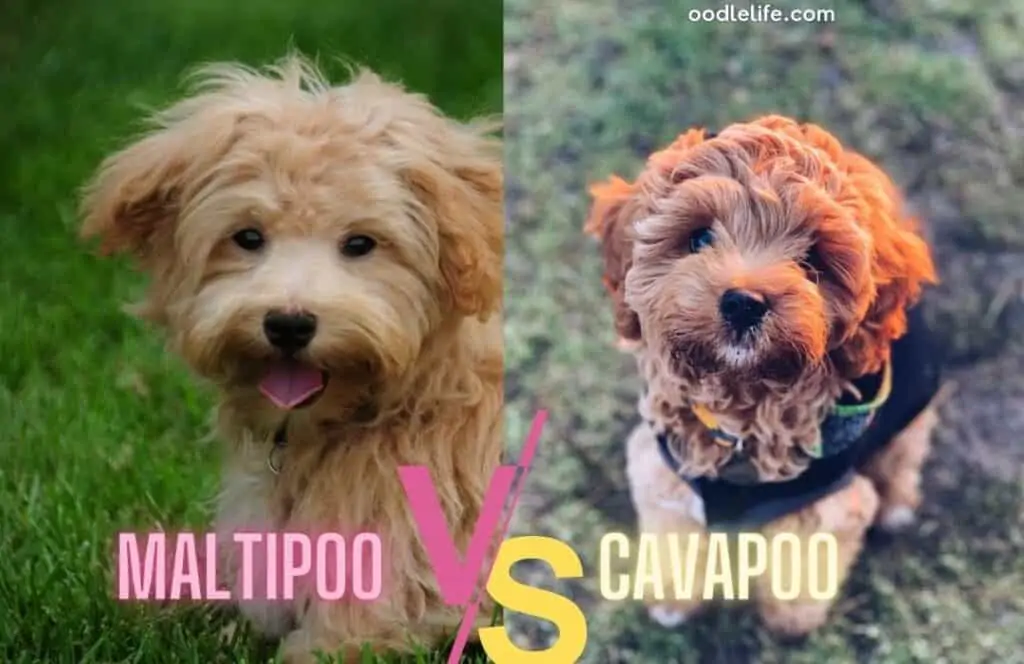What is a Maltipoo Facts [Maltipoo 101, Photos and Breed Guide]
When it comes to designer breeds with Poodle genetics, the sky’s the limit. Whether you’re looking for a big dog or little dog, you can hardly go wrong with a mixed breed canine that inherits its intelligence, good temperaments, and hypoallergenic coat from its Poodle parent. So… what is a Maltipoo?
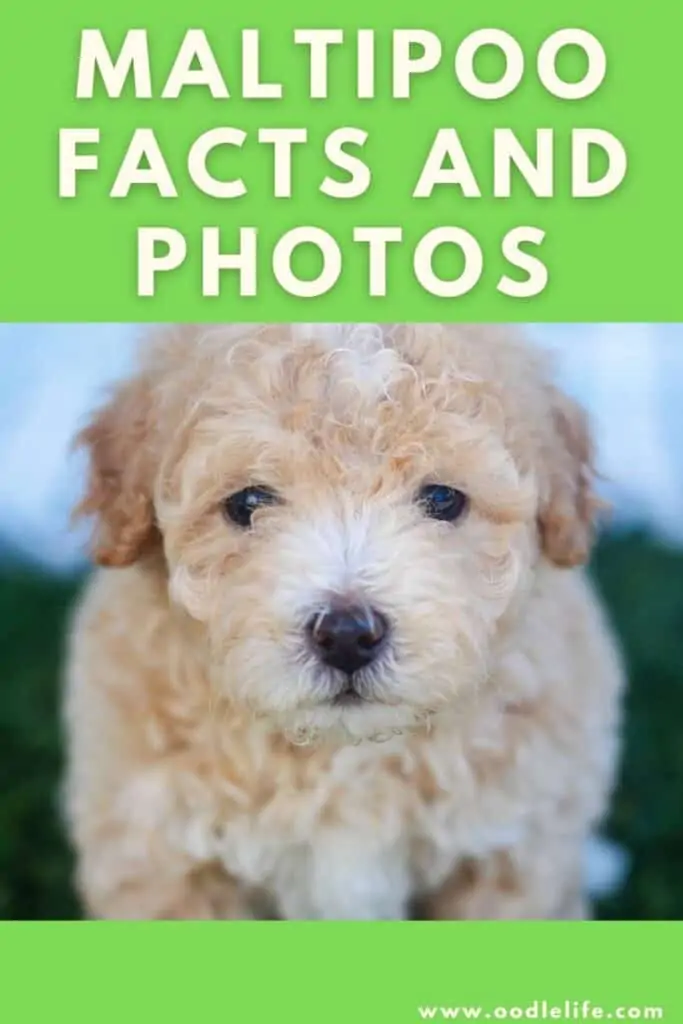
For families who need a smaller dog more suited to a less-active life, look no further than the adorable, fluffy Maltipoo. A cross between a Maltese and a Poodle, this little dog is the perfect addition to fit a wide variety of lifestyles. For empty nesters, retirees, young families, and anyone in between, the Maltipoo makes a great and good-natured companion.
If you’re researching your options on your journey to adding a furry member to your family, then don’t overlook this spunky but loyal little dog with a long lifespan and a desire to be your everyday partner in crime!
Today, we’ll be learning about all things Maltipoo to help you decide if this wonderful designer breed is the perfect fit for your lifestyle.
History
First bred nearly thirty years ago, the Maltipoo originated in America but has been a favorite since then all over the world. Its ancestry comes from the poodle, typically the toy poodle, and the Maltese.
Its small stature comes from both sides of its pedigree family, and its fluffy, thick coat does as well.
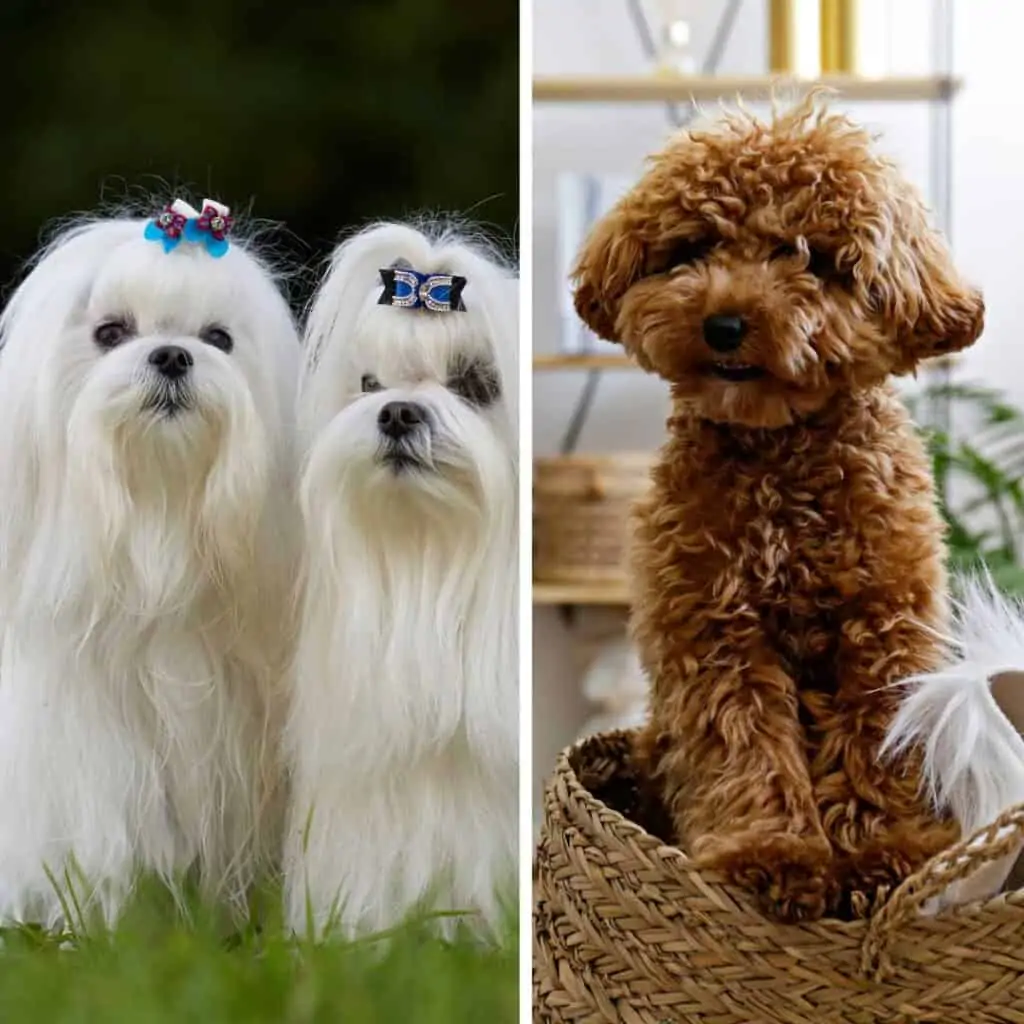
The Maltese dog is thousands of years old, originating in the Mediterranean area, specifically Malta. Researchers speculate that these small white dogs might have made good rat-catchers for sailors aboard their ships. However, the Maltese settled, and its popularity caught on as a companion dog, notably for rich ladies of history, who preferred to carry these small dogs in their sleeves.
The toy poodle, a smaller-sized breed variation of the Standard Poodle, was first bred in the 20th century as an offshoot of its much-older Poodle breed family. Originally, they were bred as smaller poodles more suited to apartment living and companionship.
Interestingly, toy poodles have historically been popular circus animals for their exceptional intelligence, athleticism, and motivation.
Size
This small companion dog has been bred to be compact, the perfect choice for people living in an apartment or other small area, or for people who feel intimidated by large dogs. The heaviest these small dogs should get is 20 pounds, with a maximum height of 14 inches.
Their tiny stature makes them a great traveling dog, as suggested by the Maltese’s history of being carried in the sleeves of the rich and famous. Today, you might find Maltipoos riding along with their owners in special-made handbags or even strollers!
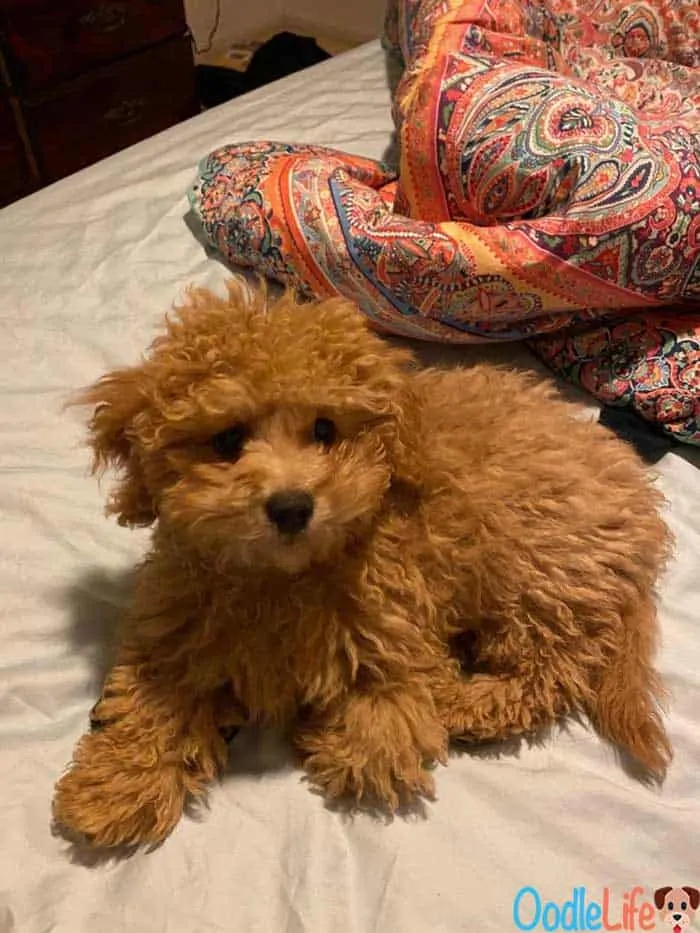
Temperament
This doesn’t mean, though, that the Maltipoo is a necessarily posh or lazy dog. On the contrary, they inherit from their Poodle parent a great deal of intelligence, curiosity, and willingness to learn. They can also be quite athletic and agile.
These dogs can represent a fascinating walking contradiction in terms of personality. Although they are easy-going, calm, and settled dogs, they are also quite playful and spunky. And despite their spunk, they can be termed velcro dogs, meaning that they get quite attached to their owners and love affection.
In fact, your Maltipoo might suffer from separation anxiety, as his greatest desire is to simply be near his chosen person. This means that he’ll likely be at his most content laying at your feet, in your lap, sitting beside you on the sofa, or sleeping next to you in bed. It’s no surprise, then, that these dogs’ ancestors spent a good part of their time up their owners’ sleeves!
Because they are so friendly and affectionate, they make great dogs for small children and high-traffic environments as well. They’re often friendly and gracious towards strangers and carry good social skills throughout their lives if socialized and trained at an early age.
Speaking of training, they are very eager to learn, intelligent, and motivated. They should receive adequate training to help them interact with their environment, as their curiosity and spunk can sometimes get the better of them. They can be prone to wander and also to get loud in exciting situations.
Needs
Because of the intelligence level of these dogs, adequate mental stimulation is needed to keep them from becoming bored and channeling that boredom into naughty behavior.
The Maltipoo has a moderate exercise need. Since they are such small dogs, they don’t need as much activity as larger dogs but should have enough to keep them healthy and make sure they don’t act out from lack of stimulation.
A quick walk in the morning and evening should satisfy them, and be sure to supply them with toys and play opportunities throughout the day. As long as your Maltipoo can be by your side, he should be content.
Because of their small size and their thick coats, they shouldn’t be subjected to outdoor conditions for long periods. This could lead to overexposure or excessive tiring out. They mostly prefer to be indoors, where their respective parent breeds have both been long adjusted for health and comfort.
Health
Although designer breeds are often healthier and at less risk for specific health problems than purebred dogs, there are some health issues that Maltipoos can be predisposed to.
Like many small dogs, it’s important to keep an eye on their joints, as they can suffer from patellar luxation, a condition that causes their femur, tibia, and patella to come out of alignment. This can be very painful but can be avoided or improved with proper joint care and keeping your dog at a healthy weight.
Small dogs like Maltipoos are also at risk for collapsing trachea, epilepsy, and retinal atrophy. Thankfully, these conditions can be mediated and managed with supplements and, if prescribed by your vet, medications.
Coat and Grooming
Maltipoos are most easily recognized by their coat, which is moderately long and of a slightly wooly texture. In addition, the thick nature of their coats contributes to their hypoallergenic and light-shedding qualities. However, to reap the benefits of their coat, you must be willing to put a little work in.
Grooming
Because their coats are thick and long, if left unchecked, the fur can form matted areas that prove to be painful and unhealthy for these little dogs, even causing skin sores if left for long enough. To avoid this, your Maltipoo should be brushed daily. If done regularly, it can be a somewhat quick and easy task. But if only taken up every now and again, it can be much more laborious.
Unlike many thick-coated dogs, Maltipoos require regular bathing every three weeks to every month. Bathing any less frequently can contribute to dry skin, which can be irritating, itchy, and unhealthy for them.
If you’re up for the challenge and have the resources, you can bathe your Maltipoo in your own home. However, they’ll also need regular trimmings for both their body and the area around their face. Professional grooming about once a year is also recommended to keep your dog’s coat healthy and at the proper length.
Other Care
Because Maltipoos spend most of their time inside, you’ll also need to make sure their nails are trimmed regularly. Outside dogs’ nails are filed down naturally as they come into contact with the elements, but Maltipoos will mostly be spending their time on your couch, your floor, and your bed, so they’ll need a little help from you in the nails department.
Regular teeth brushing is also recommended to keep this breed’s mouth clean and healthy. Small dogs, in particular, can suffer from an over-crowded mouth, making oral hygiene more difficult and sometimes leading to infections and tooth extractions. Training your Maltipoo to have its teeth brushed will help you both in the long run.
Types of Coats
Thanks to their Poodle parent, Maltipoos come in a variety of colors. Many will consider white as the most recognizable color, but these small dogs can also be cream, apricot, brown, red, gray, or black.
While it’s common to see solid-color Maltipoos, you can also find multi-colored ones in various colors mentioned above. Some of the most popular are the Parti Maltipoo and the Phantom Maltipoo.
Who is a Maltipoo Best For?
These small dogs are the perfect size for small-area living and can fit into various lifestyles, as long as they’re allowed plenty of quality time with you!
Maltipoos are incredibly intelligent and sensitive. Families, empty nesters, single people, and even first-time dog owners will do very well with this breed if they can appreciate this dog’s gentle and loving nature while also making allowances for its intelligence and spunk.
Although the Maltipoo isn’t a dog that requires too much, it could be considered high maintenance for their grooming needs. Owners should be prepared to spend time brushing and tending to their dog’s hygiene each day to help them stay healthy and happy in the long run. They can live up to 14 years, so if you add a Maltipoo to your family, you’ve got a long-term friend.
Final Thoughts
Regardless of your lifestyle, you can hardly go wrong with a Maltipoo. If you’re considering adding one of these sweet and loving dogs to your family, check with local rescues and humane societies first.
Many rescue groups are dedicated to helping specific breeds like the Maltipoo, and it’s common to see even designer dogs like these being given up at no fault of their own. Who knows, your perfect new best friend could be waiting for you to adopt him!
